Sock liners are an essential piece of kit to help protect you from blisters. We have all had the nightmare of breaking in new shoes or out hiking or enjoying a leisurely walk…only to find ourselves having to hobble the rest of the way home. The best sock liners are the solution to this problem.
Blisters are caused when your skin encounters an excessive amount of friction, and this causes a “hot spot” to develop on the skin. This occurs when the heat from the friction starts to physically impact the body. If left unattended, you end up with a fluid-filled blister, which, apart from being painful, can increase your risk of infection. This is especially an issue if you plan to hike in new shoes or boots, or hiking a multi-day trek.
Sock Liners Reviews
There are a lot of choices available when it comes to buying a sock liner, and I have put together a list of the top choices to help make your selection as painless as possible. Here are my top picks:
1. 281Z Outdoor Tactical Liner Socks
I recently tested 281Z’s Outdoor Tactical Liner Socks, a pair that’s ready to insulate feet across cold weather adventures. Constructed with original Polartec fleece, these soft socks leverage the breathable fabric’s warmth and moisture management to maintain dry, toasty comfort on frigid hikes or ski days. I appreciated the stay-put anatomical design preventing slippage into shoes. However, during the testing period, I realized that the slimmer athletic shape and snug heel fit won’t accommodate all foot shapes.
And while the fleece delivers lightweight insulation for aerobic activities, the thin fabric may leave extremities vulnerable when sedentary in sub-zero temperatures. Yet slipping these liners beneath favorite cold-weather hiking socks and boots forms a protective foundation blocking icy infiltration.
I also enjoyed wearing them post-activity while relaxing fireside after full days carving mountain terrain – though the fleece pilling with extended wear may diminish durability over multiple seasons.
For outdoor adventurers seeking breathable insulation guarding feet from the elements, 281Z’s Outdoor Tactical Liner Socks bring lightweight warmth ready for everything from winter camping to snowshoeing. Just take care washing to preserve the plush fleece integrity stabilizing insulation and moisture management capabilities over time.
PROS:
- Original Polartec fleece; warm and breathable
- Anatomical design prevents slippage
- Lightweight insulation for aerobic cold activities
CONS:
- Potential fit issues for some foot shapes
2. Terramar Thermasilk Liner Sock
Next up are Terramar’s Thermasilk Liner Socks, a pair leveraging silk’s natural breathability to whisk moisture away. Constructed out of 80% mulberry silk, these particular liner socks actively regulate temperature using the brand’s proprietary tech to maintain dry, blister-blocking comfort on the trail. One thing I really liked about these socks are their reinforced toe seams – they prevent hot spots. The smooth silk fabric, on the other hand, laid gently against my skin, keeping irritation at bay. Always a big plus in my book!
However, I found sizing highly confusing, with the numerical chart conflicting with general fit guidance. Moreover, I found that the thin lightweight liner fails to provide adequate cushioning for higher mileage objectives across technical terrain.
The slim silhouette also won’t accommodate those with wide feet or high arches. And given the premium price – over double budget options – value-focused hikers may balk at the investment without a custom perfect fit.
But still, hikers and campers looking for a breathable, moisture-wicking sock liners to keep blisters at bay may find their solution with Terramar. Just don’t forget to carefully hand-wash the silk fabric post-adventure to preserve its delicate integrity, which is essential for lasting temperature regulation and next-to-skin comfort over multiple wearings. I’d recommend slipping these beneath your favorite cold-weather hiking socks to prevent frozen toes in frigid conditions.
PROS:
- Mulberry silk fabric naturally wicks moisture
- Proprietary tech regulates temperature
- Reinforced toe prevents blisters
CONS:
- Very confusing sizing
3. Fox River CoolMax Liner Sock
Fox River’s CoolMax Liner Socks use special moisture-wicking technology to whisk perspiration away from feet on steamy hikes. Constructed with 93% sweat-wicking CoolMax polyester, these liners actively circulate air flow to accelerate evaporation, preventing the blister-causing moisture buildup compromising long miles.
Another great thing about this model is its stay-put crew height, allowing layering beneath bulky cold-weather hiking socks. Unfortunately, the thing I didn’t like is the thin flat-knit construction, which lacks much-needed cushioning for all-day hiking comfort we all seek.
Furthermore, while the cool-wearing moisture management excels in warmer weather, the minimalist fabric failed to provide ample insulating density when I was testing the liners in cold weather. So, if you’re looking for a single sock solution that you’ll be able to use in various weather conditions, you may want to consider a midweight merino or synthetic alternative that actually offers four-season versatility.
But if you’re a fair-weather day hiker prone to steamy feet, you definitely won’t make a mistake by going with these sock liners. They will provide you with a blister-blocking experience, something you’ll certainly appreciate during those long walks.
PROS:
- 93% CoolMax moisture-wicking polyester
- Active airflow prevents blister-causing moisture
- Crew height perfect for layering
CONS:
- Won’t insulate feet in cold weather
4. Smartwool Classic Crew Liner Sock
Next up are Smartwool’s Classic Crew Liner Socks, an extremely popular option utilizing merino’s natural breathability to whisk sweat away from feet on the trail. Constructed with 59% merino wool, these liners actively circulate airflow while contouring feet in lightweight cushioning comfort. Their elastic arch support deserves special praise, as it promotes a secure hike-ready fit. However, I must point out that the snug silhouette and defined heel pocket won’t comfortably accommodate those with wide feet or irregular proportions.
And while the merino blend naturally resists odor, the thin sock liner lacks ample insulation for all-day warmth when winter winds bite. So backpackers traversing mountainside passes may want to consider a heavier-weight insulating layer.
Nevertheless, for temperate trekkers prone to foot perspiration, Smartwool’s Classic Crew Liner Socks are an excellent choice. Slip them under your moisture-wicking, cold-weather socks and they will absorb sweat and preventing the friction that compromises long distances. I’d advise safeguarding the delicate merino material through gentle laundering to preserve long-term performance of these liners.
For hikers seeking a breathable fitted sock liner to manage sweat and prevent blister-causing hot spots, these liners brings the best of merino. Whenever I stepped into this sweat-wicking blend before lacing my boots, I felt the frictionless difference across every footfall.
PROS:
- 59% merino wool to wick moisture
- Elastic arch support
- Resists odor-causing bacteria
CONS:
- Won’t accommodate wide feet
5. OrrinSports CoolMax Five-Finger Liner Sock
OrrinSports CoolMax Five-Finger Liner Socks are designed to wick sweat for blister-free adventures in the Great Outdoors. Featuring 38% CoolMax polyester, these liners leverage moisture-wicking technology and seamless construction to maintain dry, irritation-free comfort across during outdoor time.
The snug heel and toe pockets – which secure the unique five-toe silhouette in place when you’re moving – deserve special praise. On the not-so-bright side, these liners aren’t the best choice for folks with wide feet – due to their fitted athletic shape, they feel too slim in the forefoot.
And while the blended fabric effectively managed moisture during the testing period, it lacked sufficient insulation for all-day warmth. You will, therefore, want to opt for a midweight merino wool solution if you’re looking for a cold-to-temperature model.
But if you only hike in mild weather and often experience issues with foot perspiration and hotspots, go with CoolMax Five-Finger Liner Socks – you won’t regret your decision.
PROS:
- 38% CoolMax moisture-wicking polyester
- Snug heel and toe pocket for secure fit
- Five-toe silhouette promotes natural alignment
CONS:
- Won’t accommodate wider feet
6. Realtree Men’s Liner Sock
Realtree Men’s Liner Socks, coming at a genuinely affordable price, are moisture-wicking and great for anyone seeking blister-free adventures. Featuring mostly polypropylene fabric, these liners leverage the quick-dry fiber’s moisture management to keep feet fresh.
A touch of spandex allows stretch and mobility, along with the crew height that’s perfect for slipping beneath bulky hiking socks. I didn’t really like the thin streamlined construction, though – it compromises underfoot cushioning and warmth for cold-footed hikers.
And while the synthetic fabric definitely works when it comes to sweat wicking, it lacks natural odor control, allowing stench to linger post-activity (something I certainly can’t say for merino-made alternatives). If you’re looking for maximum versatility in various weather conditions, consider a midweight wool blend instead.
But if you’re someone who only hikes in fair weather, these liners are a pretty good option. What is more, they are budget-friendly, providing the much-needed frictionless experience at a genuinely affordable price.
PROS:
- Mostly polypropylene fabric wicks moisture
- Touch of spandex allows stretch
- Budget-friendly price point
CONS:
- Won’t insulate feet well in cold
7. Fox River Alturas Liner Sock
The very last model in my roundup is yet another from Fox River – the Alturas Liner Socks. These particular liner socks are made from quick-dry polypropylene and also leverage patented Wick Dry tech to actively transfer sweat into outer layers, maintaining dry, frictionless comfort mile after mile.
Just as I expected, the liners feature a smooth flat toe seam whose job is to eliminate irritation across long distances. Still, the model’s streamlined silhouette didn’t provide much in terms of cushioning, exposing my feet to each rocky impact.
Another thing I didn’t like is that these liners lack natural natural temperature regulation and odor control. If you’re looking for those qualities, you’ll want to go with midweight wool blends instead. On the bright side, these Fox River liners do a great job at managing moisture.
All in all, if you’re often having trouble with foot perspiration, these budget-friendly liners won’t let you down. Simply slip them underneath your favorite warm-weather hiking socks and boots this summer, and feel the dryness difference.
PROS:
- Polypropylene fabric prevents moist blisters
- Patented Wick Dry tech transfers sweat outward
- Flat toe seam prevents skin irritation
CONS:
- Won’t regulate temp or control odor
Can Sock Liners Really Help Prevent Blisters?
The best sock liners are designed to help reduce this friction, thereby reducing the likelihood of a blister forming in the first place. In addition, they can be useful for removing any excess moisture or sweat which may build up during your hike, and act as a valuable protective base layer for your feet.
However, if you buy really good hiking socks you might not need liners. Alternatively, always have two pairs of socks with you on long hikes. Once your feet start to get damp from sweat, change your socks. On multi-day hikes I try to find a stream partway through the day and soak my feet to cool them down – something that works very well for me. If you are walking in wet weather or across wet ground consider waterproof hiking socks.
If you are brand new to the world of hiking or are in the process of breaking in a new pair of hiking shoes or boots, sock liners could prove to be your salvation. If you have never tried them before, there is absolutely no harm in giving them a go; they are affordable, lightweight, and could totally transform your hiking experience for the better.
One of the biggest endorsements for sock liners is that they can help to reduce the likelihood of you developing painful blisters, but is this really the case? As with anything in life, there are no guarantees, but certain features of sock liners do help to reduce the likelihood of you developing painful and unpleasant lesions.
Because sock liners work to wick moisture away from the feet, they can really help to reduce friction which is a common cause of blisters. Liner socks also add extra padding and protection, so in the event that your boots do rub, there will be an extra layer between them and your skin, and this reduces the chances of you developing a blister, or allowing the boot to rub directly at delicate skin.
Sock Liners Buying Guide
If you do decide to go down the route of finding the Best Sock Liners, there are a few key factors to consider which will help to ensure that you make the right choice.
Sock Material
The most popular liner socks are made from high-quality materials that focus on breathability. These include merino wool, silk, polyester, or nylon. I have already reviewed some of these materials in my Icebreaker vs Smartwool and Darn Tough vs Smartwool socks articles. All of these materials help the skin to breathe properly and feel comfortable to wear. They also dry quickly, and this means they are a top choice for use in sock liners.
To learn more about the difference between synthetic fabrics and wool, you may also want to read my Coolmax vs Merino wool hiking socks comparison.
Length of the Socks
Just as with non-hiking socks, there is a range of lengths to choose from. Mid-ankle and crew length are the most popular choice, and these go well with hiking boots. Low-cut options are also available if your boots are cut at a lower or medium level.
Thickness
Sock liners are not intended to provide insulation, and so tend to be fairly thin. They act as an additional barrier of protection, and so are rarely thicker than a pair of pantyhose. If the weather is bad, you will need an extra pair of cold weather socks for warmth, and so the last thing you need is a bulky pair of liners clogging up your boots.
Moisture Wicking
A key advantage to liners is their ability to wick the moisture from your feet. Merino wool, Smartwool, and polyester are great materials for this and can help to reduce the unpleasant smell which can come with sweaty or damp feet.
Size
When it comes to sock liners, size matters. It is better to choose a pair which are a little too snug, rather than opting for a looser size up. If your socks are too loose and baggy, there may be extra material that bunches at the bottom of the boot, and this can result in a one-way ticket to some pretty bad blisters; the exact enemy which your liner is trying to prevent! Make sure that your choice is snug and comfortable; not too tight to cause discomfort, but not so large that they have any excess.
Budget
Budget is perhaps the first consideration; the amount you have to spend will impact the selection which is available to you. Quality sock liners are available at a range of prices, so don’t be put off by the high prices of the top-end choices. If you are just trying out sock liners to see if they suit you, it may be a good idea to pick up a cheaper pair at the lower end of the budget. If you get on with them, you can look at investing slightly more money in a higher-end pair, and if not, there is very little lost!
Conclusion
Investing in a great pair of sock liners can really make a difference to your overall comfort, and massively improve the quality of your hike, run, or outdoor activity.
If I had to choose the best out of all the liners I analyzed above, that would probably be the Smartwool Classic Crew Liner Sock; it is sturdy, flexible, and designed to keep moisture well away from your skin. Even better, it is super comfortable, and will enhance any trek, rather than weighing you down.

I love hiking, backpacking, and camping. From the Camino de Santiago to the West Highland Way in Scotland or simply a great day hike on the weekend. Hiking refreshes me, my mind, and keeps my body reasonably fit. So far I have walked three Camino routes and many other long distance hikes in the UK, Canada, and around the rest of Europe. One of the best was my hike up Ben Nevis.

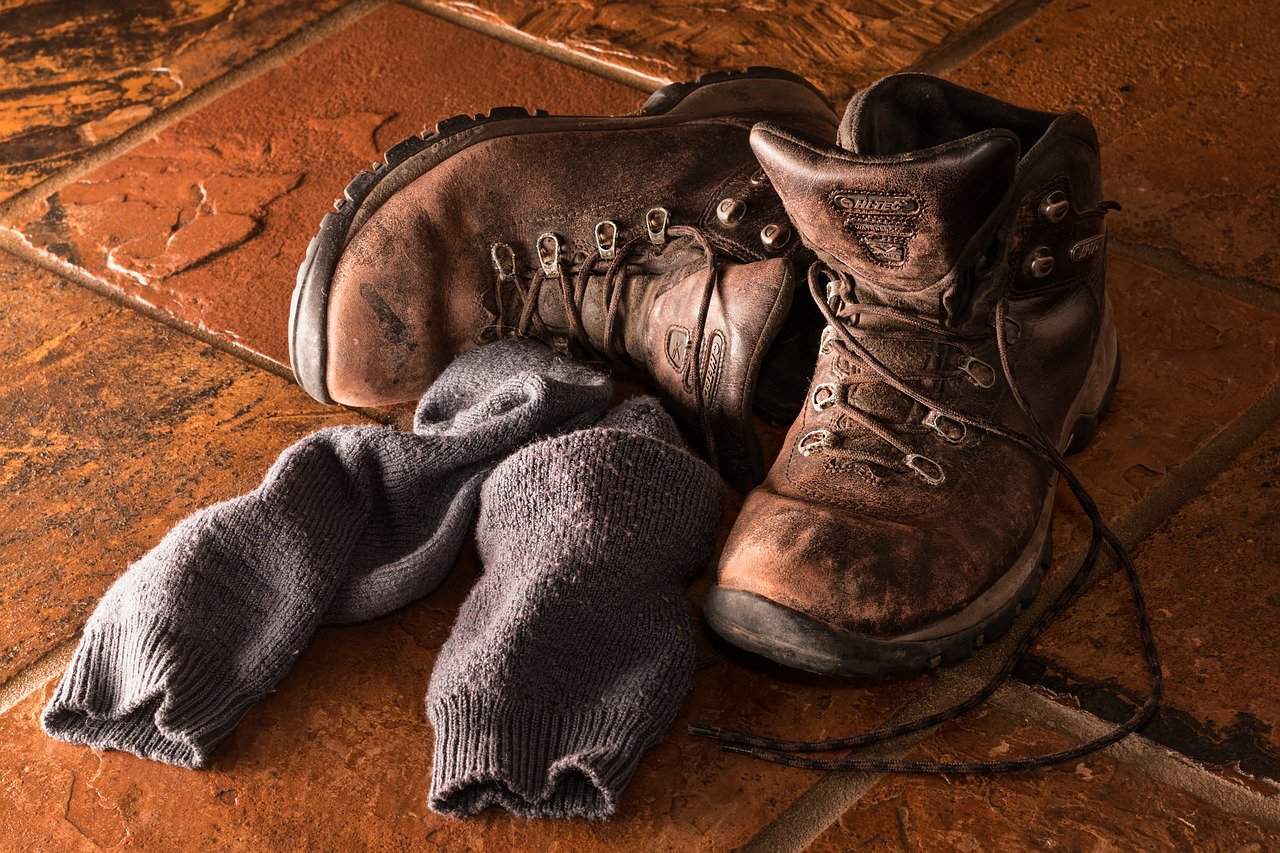
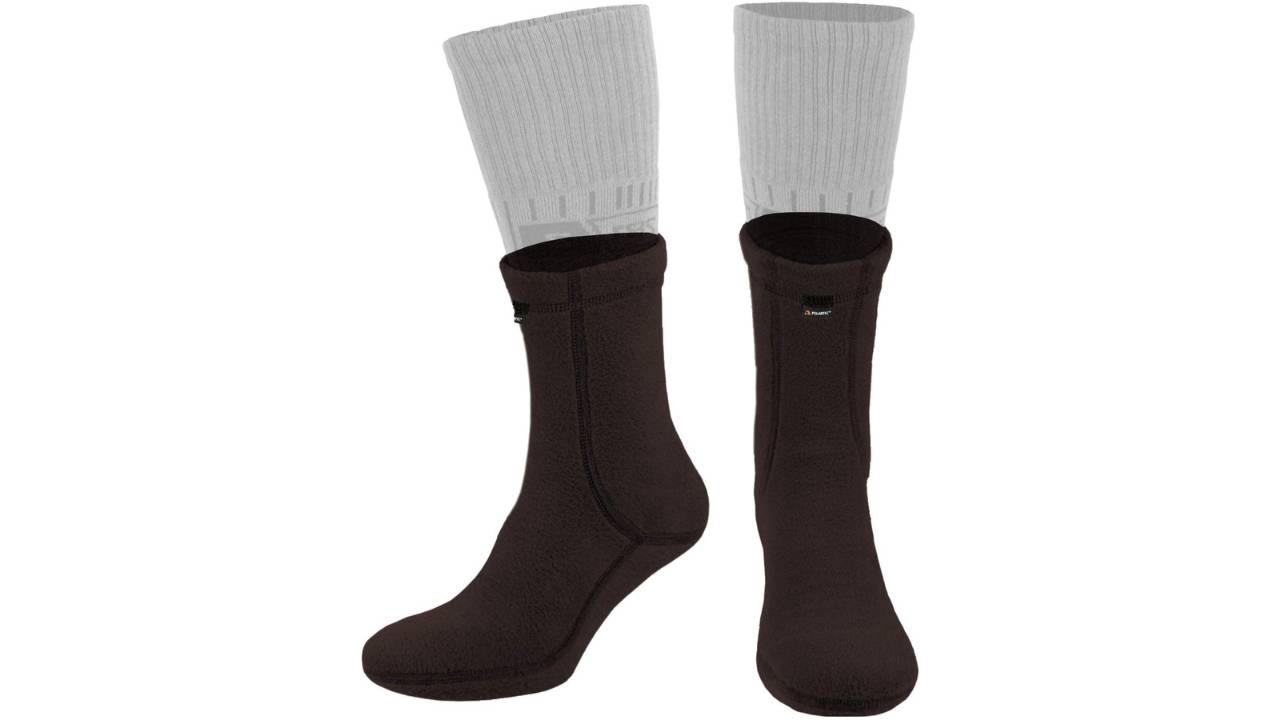
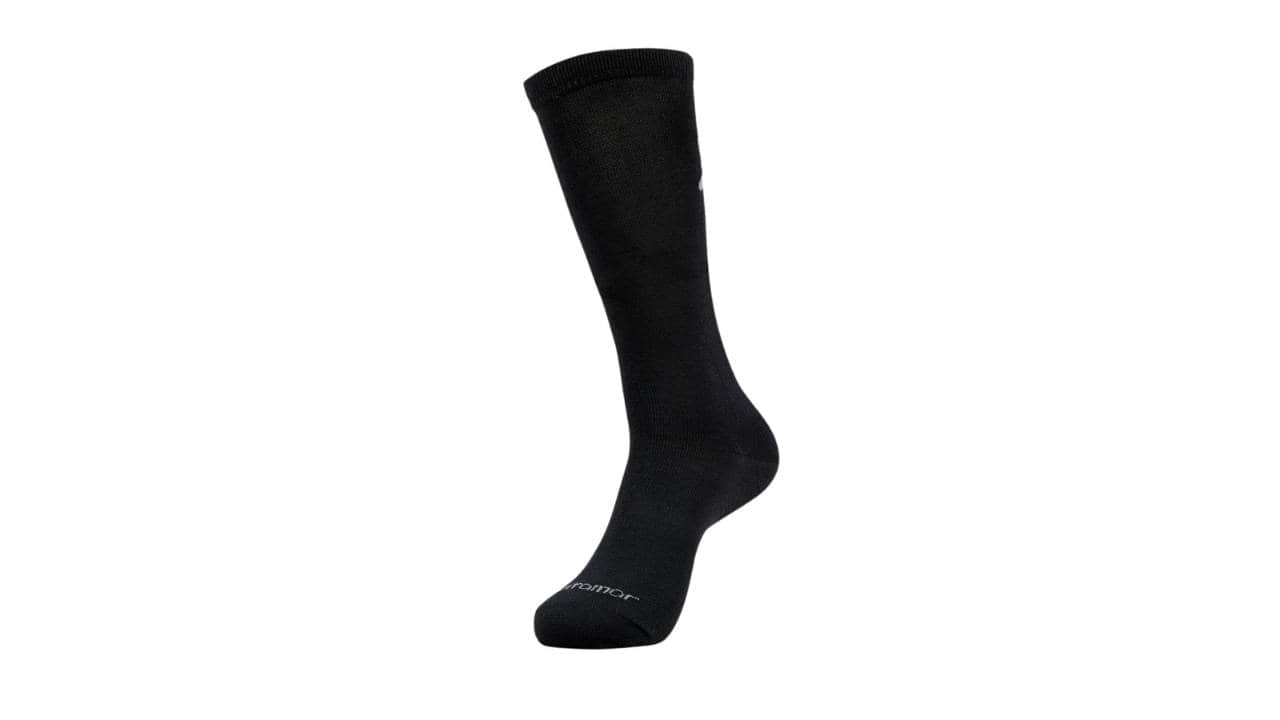
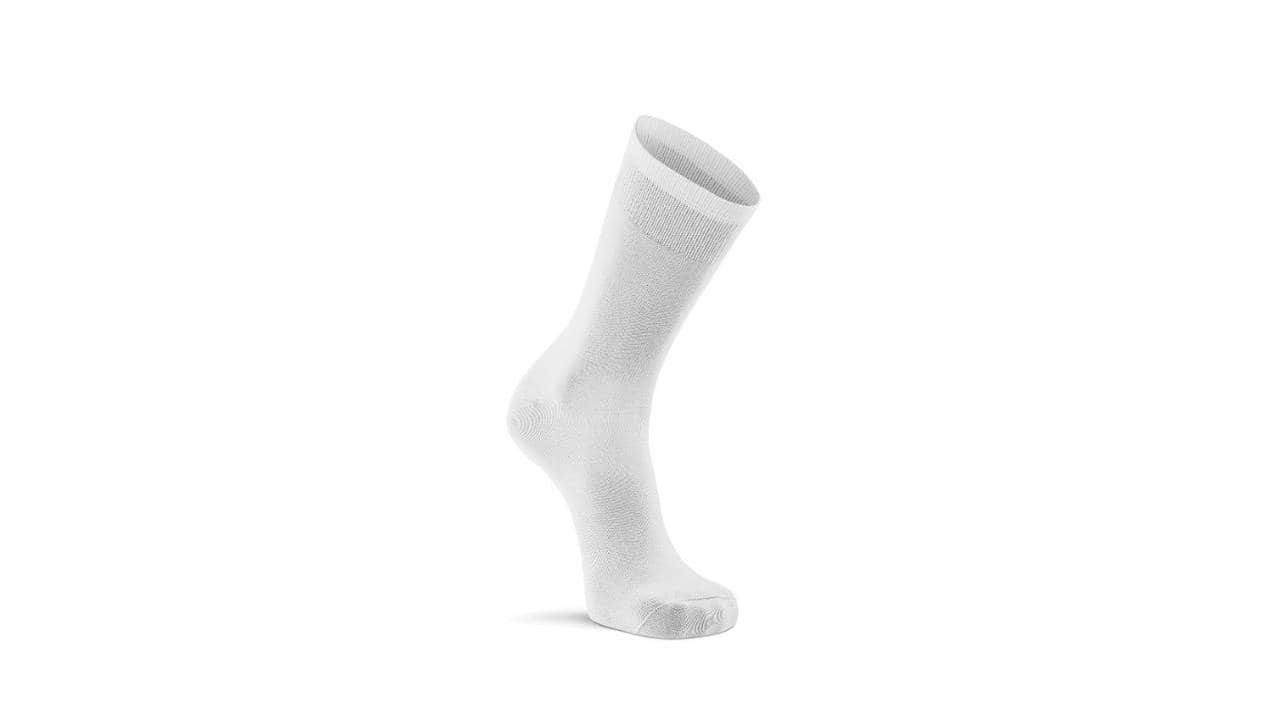
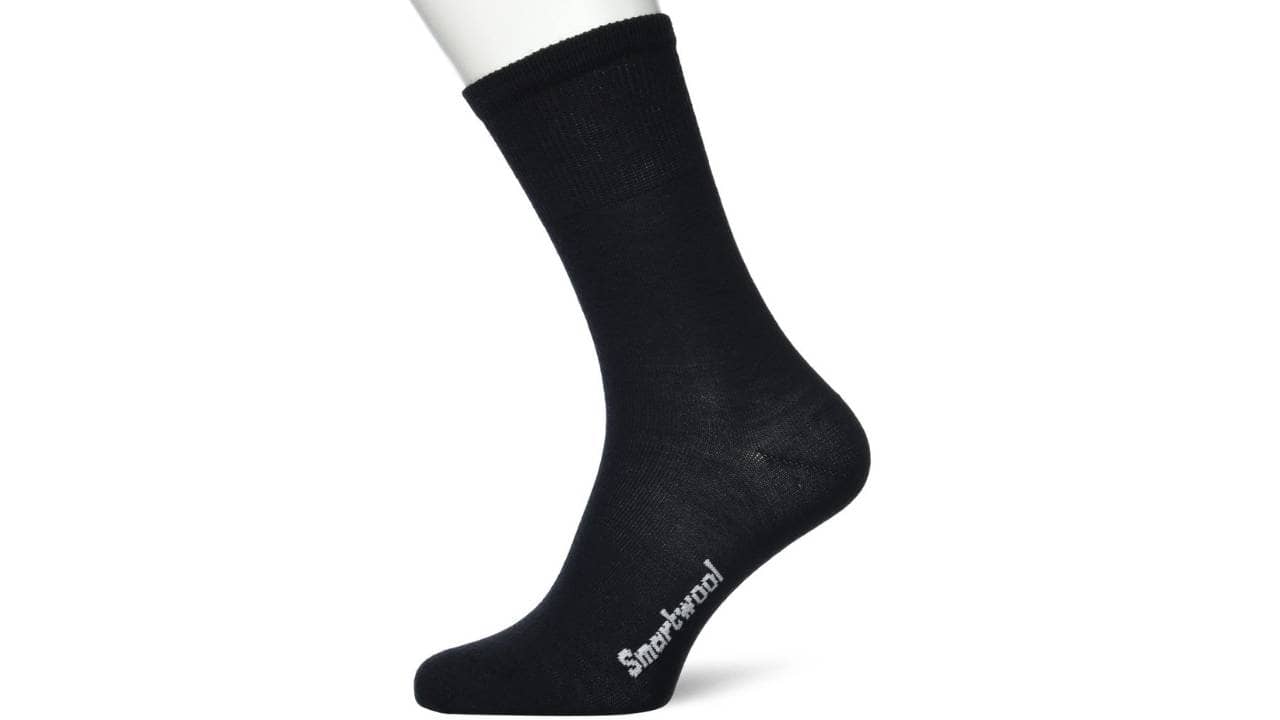
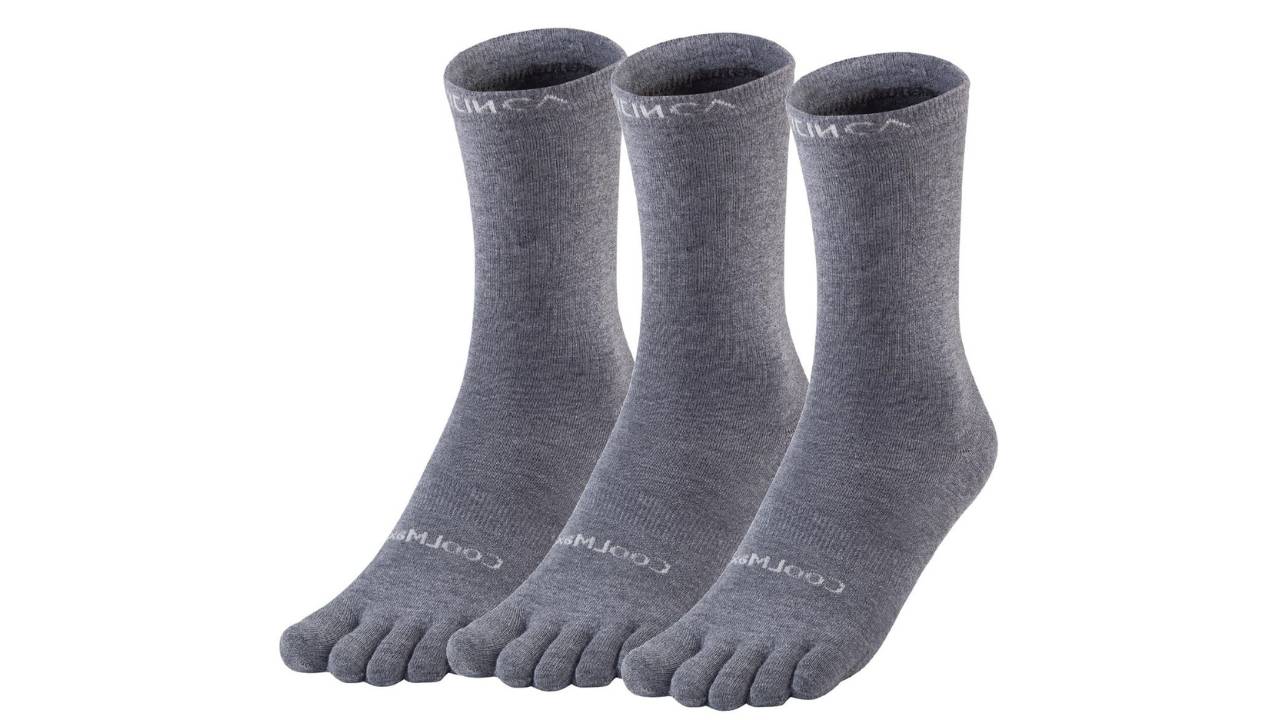
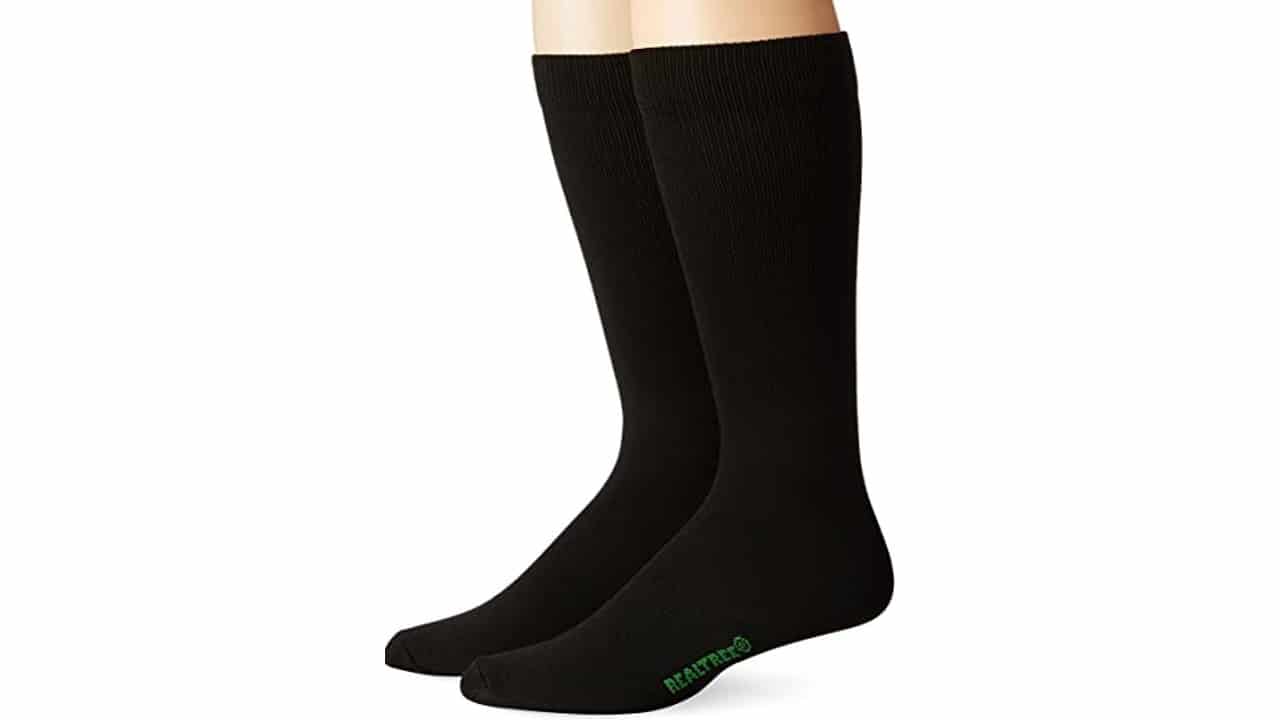
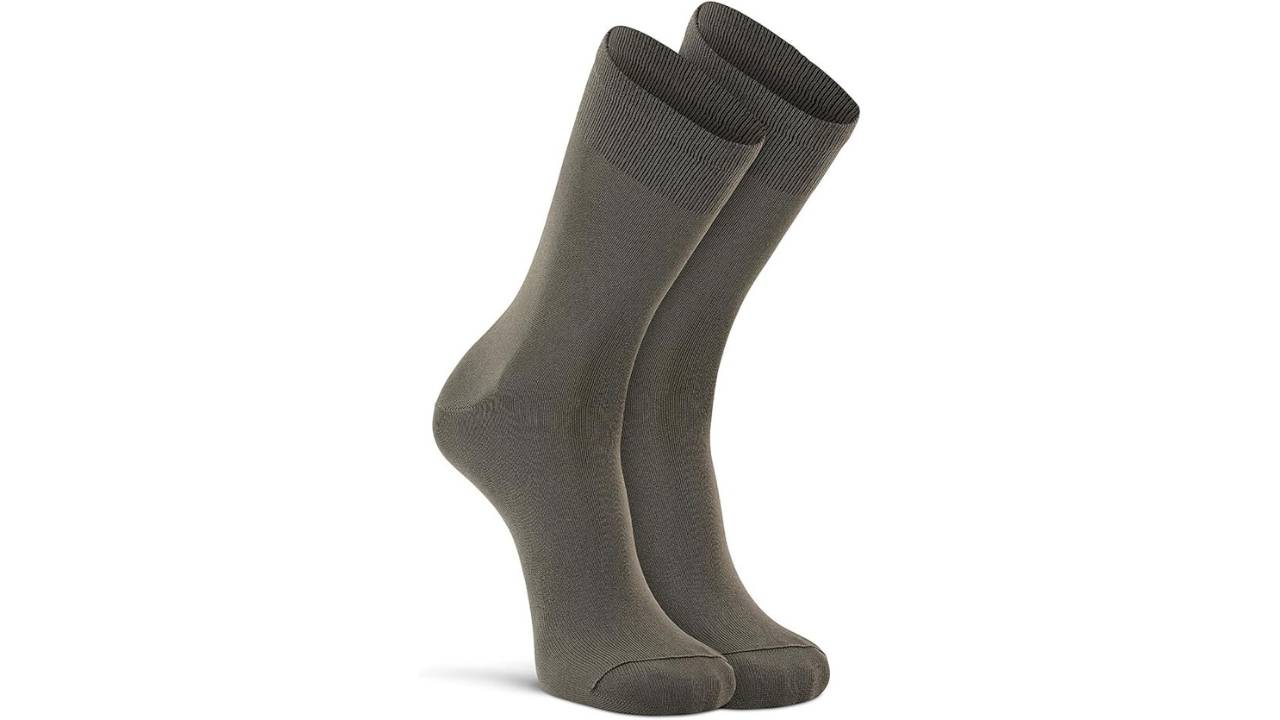
Evidently, Smartwool has changed out their most excellent wool liners, which I have used for years, for a composite imitation. The Smartwool emblem is now stitched on the bottom of the sock which makes it uncomfortable to walk on, and they have traded out their nice black color for a woven look, which makes it impossible to wear discreetly under slacks as a pant sock. Very disappointed!